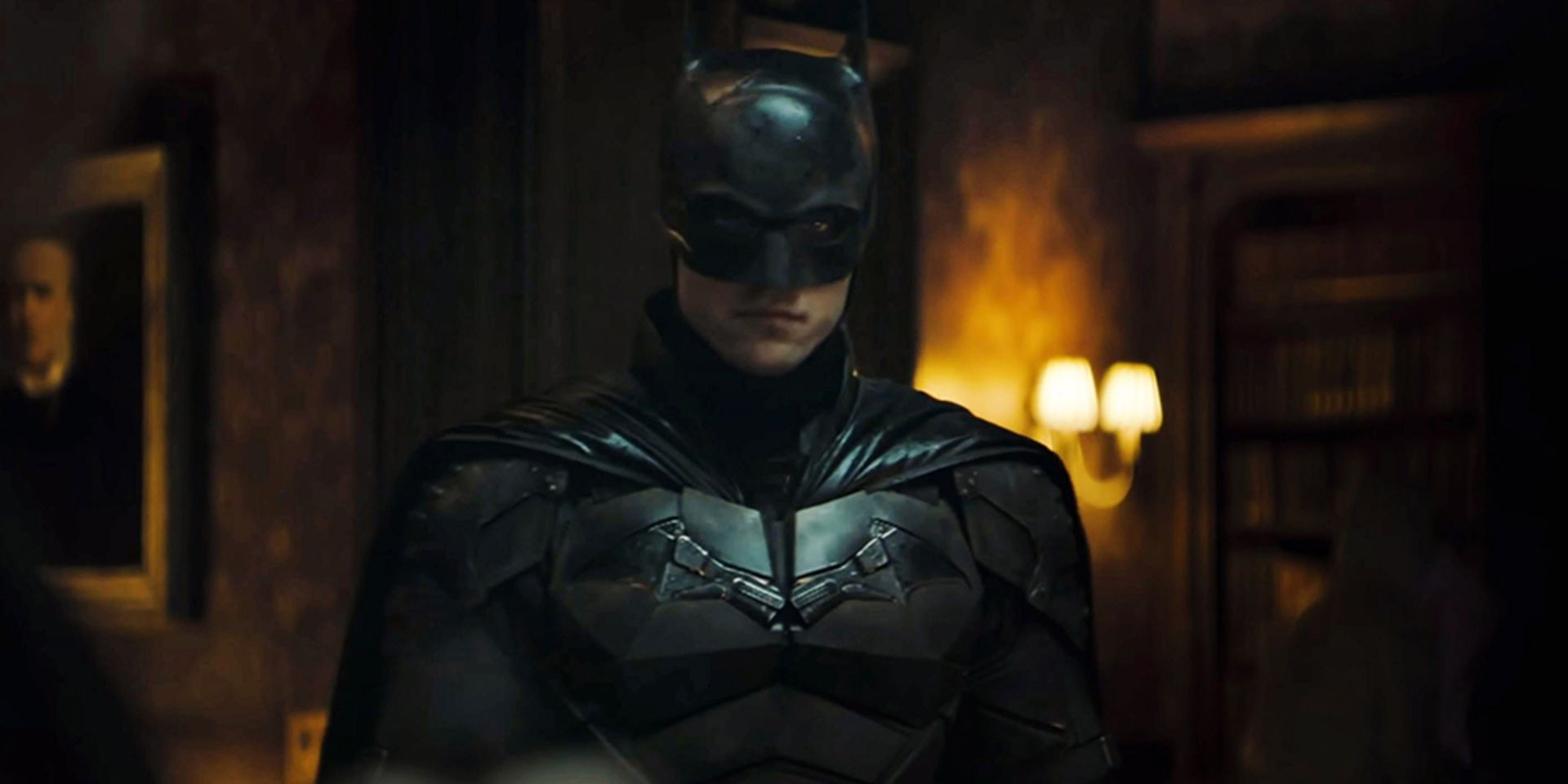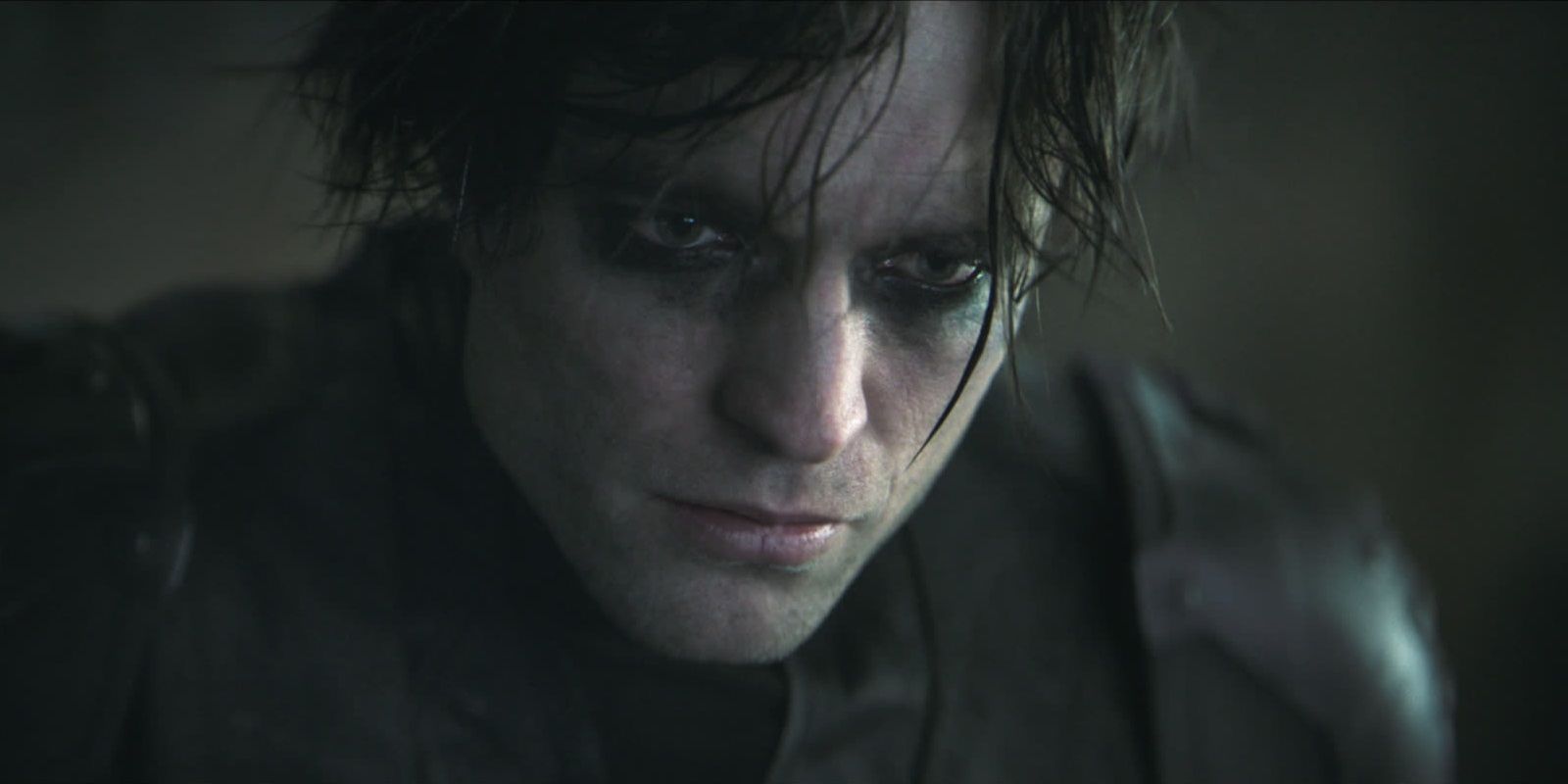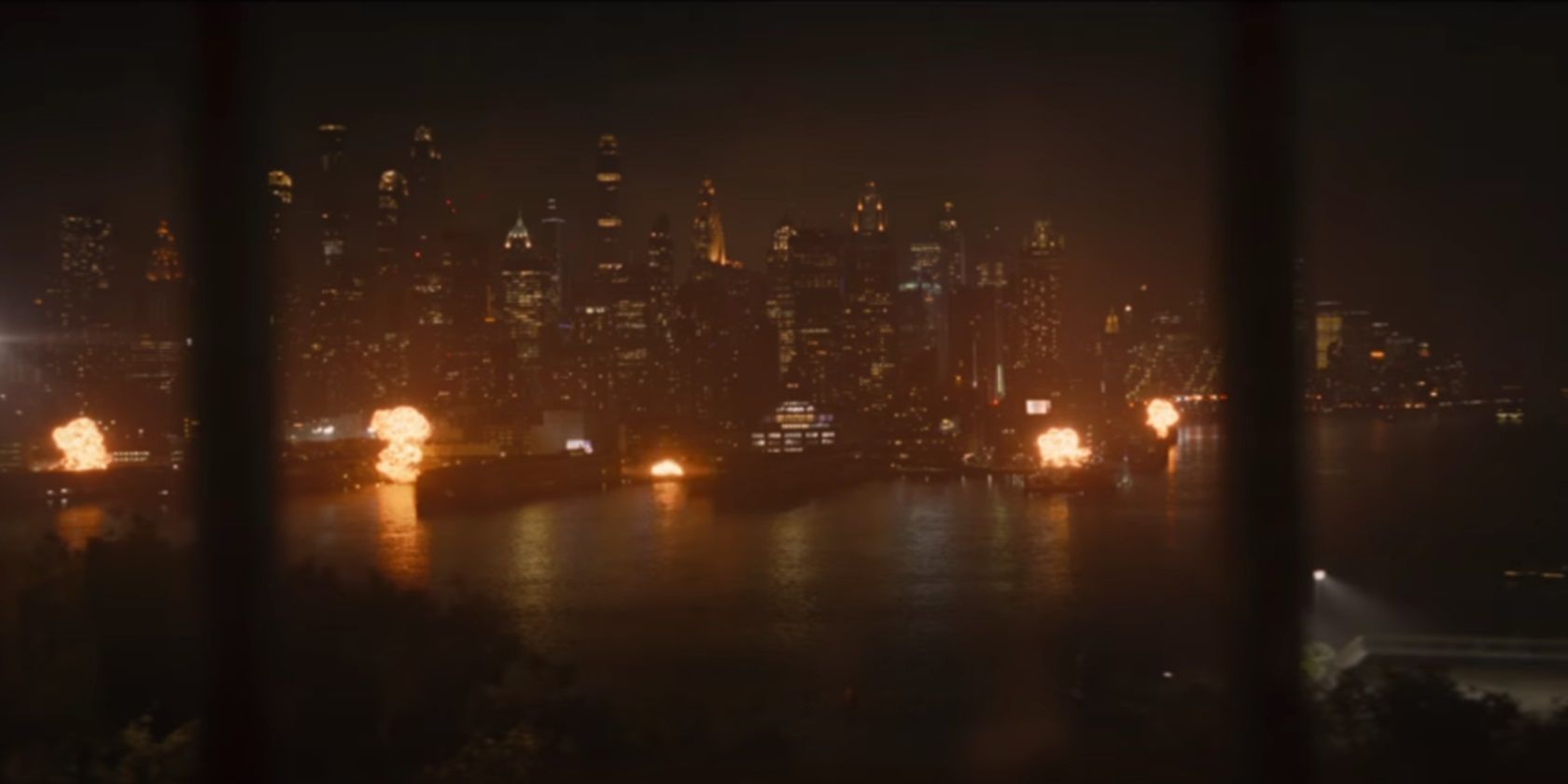Warning: This article contains spoilers for The Batman (2022).
Many aspects of Matt Reeves’ The Batman have been widely praised by fans and critics alike – the breathtaking neo-noir visuals, the meticulously crafted action sequences, the nuanced performances by the cast, the grounded approach to DC Comics icons – but the acclaim hasn’t been entirely universal. Almost every review has at least a couple of negative things to say about the movie, with the most common complaint being that it didn’t need to be three hours long.
At 176 minutes, The Batman is the longest Batman movie ever made, and one of the longest superhero movies ever made. Considering it skips the Bat’s origin story and jumps straight into the vigilante action, the taxing three-hour runtime was a curious creative decision on Reeves’ part. The director has defended the film’s lengthy runtime against criticism, but there are a couple of scenes that could’ve been doomed to the cutting room floor to streamline the movie.
The Batman moves through its plot beats at a mercifully fast pace. Reeves doesn’t overexplain the plot points and often uses cuts to tell the story, utilizing the space between frames to tell the audience what most other blockbusters would spell out in lazy exposition. He’ll cut from Batman and Catwoman meeting at the mayor’s office to riding their motorcycles across the city to arriving back at Catwoman’s apartment. The audience gets that they decided to head back to her apartment together without the need to lay it out in the dialogue. But despite this snappy pacing and carefully considered editing, there are still a few bloated scenes that could’ve been shortened and a couple of gratuitous subplots that could’ve been removed.
Excessive Voiceover Narration
The voiceover narration in The Batman is a great nod to Taxi Driver. Like Travis Bickle’s narrated diary entries, Batman’s diaries chart his troubled psychology as he sets out to take the law into his own hands. But unlike Taxi Driver, The Batman overdoes it a little. The pontificating voiceovers are all about the feelings that surge through the Bat as he stalks criminals on the streets of Gotham. None of the voiceover narration actually furthers the plot and it goes on for long stretches of the film, so it could’ve easily been trimmed down.
In the middle act of The Batman, the Riddler releases a video revealing the dark truth about Thomas Wayne, that he paid Carmine Falcone to kill a journalist who threatened to expose the Wayne family’s secrets. When Bruce confronts Falcone about this, Falcone paints Thomas as a villain. But in the very next scene, Alfred backpedals the whole thing and recharacterizes Thomas as a good man. This is an unnecessary detour in the plot, especially because it’s entirely inconsequential. It introduces an interesting idea – that maybe the Waynes weren’t so great after all – but then immediately undoes the tension of that concept to play it safe.
A couple of the breadcrumbs in the Riddler’s trail of clues felt superfluous. The investigation becomes a little repetitive when one note addressed to the Batman leads to another note addressed to the Batman, which leads to yet another note addressed to the Batman. The clues that lead to hard evidence are exciting, but the clues that lead to other clues feel redundant.
An Overstuffed Finale
The climactic action in The Batman is massively overstuffed. It falls into the comic book movie trapping of the big final battle. Batman, Catwoman, and Gordon fighting off an army of sniper-wielding Riddler goons in the rafters of Gotham Square Garden is a great climactic action set-piece, but flooding the entirety of Gotham at the same time adds scale for the sake of scale. Bella Reál is the Riddler army’s primary target and she was already doing a campaign rally in the stadium that night, so the Riddler didn’t have to blow up the seawall and force all of Gotham to seek refuge there. And if the movie was going to indulge in a Biblical flood, it should’ve gone all in. The waist-deep water never seems to present much of a threat.
The flood sets up the glorious overhead shot of Batman leading the survivors out of the flood by the light of the Bat-flare. This is arguably the greatest moment in the movie and represents the Bat accepting that he’s a symbol of hope, not vengeance. But Reeves wouldn’t have to sacrifice that moment if there was no flood in the finale. There could still be a moment like that in a version of the finale where there’s no city-wide flood and the Bat just saves the attendees of the rally from a band of masked political assassins.
Ultimately, The Batman does so much right that the runtime is a relatively minor gripe. This is such an immersive, engaging, beautifully shot movie that the three-hour commitment is really only an issue when a weak bladder is concerned. Audiences get swept up in this breathtaking vision of Gotham City, become enraptured by this brooding Batman’s psychological struggle, and end up going along for the ride. The Batman might be slightly less daunting or arduous if it was 15 or 20 minutes shorter, but in its extended final form, it’s a surprisingly rewatchable 176-minute movie.



